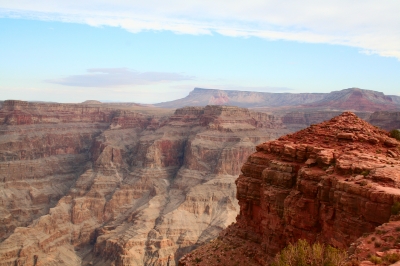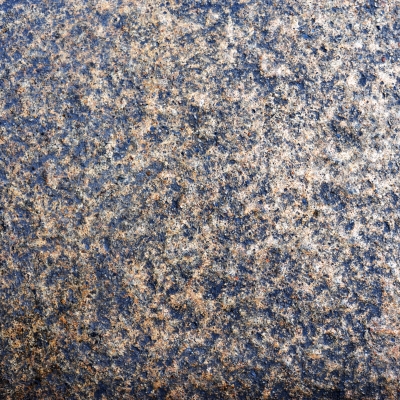
Big, large and rocky!
- The Grand Canyon is located in the state of Arizona, in the United States of America and has some of the cleanest air in the US.
- The Grand Canyon is one of the natural wonders of the world and has been most notably carved by the flow of the Colorado River.
- The Grand Canyon is 466 km (277 miles) in length, up to 1,800 meters (6,000 feet) deep, and in places up to 29 km (18 miles) in width.
- The Grand Canyon was first discovered by Europeans in September, 1540.
- The former United States president, Theodore Roosevelt, started the Grand Canyon National Park, which protects the wonder.
Grand Canyon
Image courtesy of Paul Martin Eldridge/Free Digital Photos
- In the periods of 2003-2011, mining in the Grand Canyon was requested due to the large amount of uranium underground.
- Temperatures at the Grand Canyon can reach up to 38°C (100°F) and can go as low as -18°C (0°F).
- 1,737 species of plants and 34 mammals have been spotted or seen at the Grand Canyon.
- On average, 5 million visitors visit the Grand Canyon every year.
- Since the 1870s, 600 deaths have occurred at the Grand Canyon. 242 of those deaths were results of plane and helicopter crashes.


















